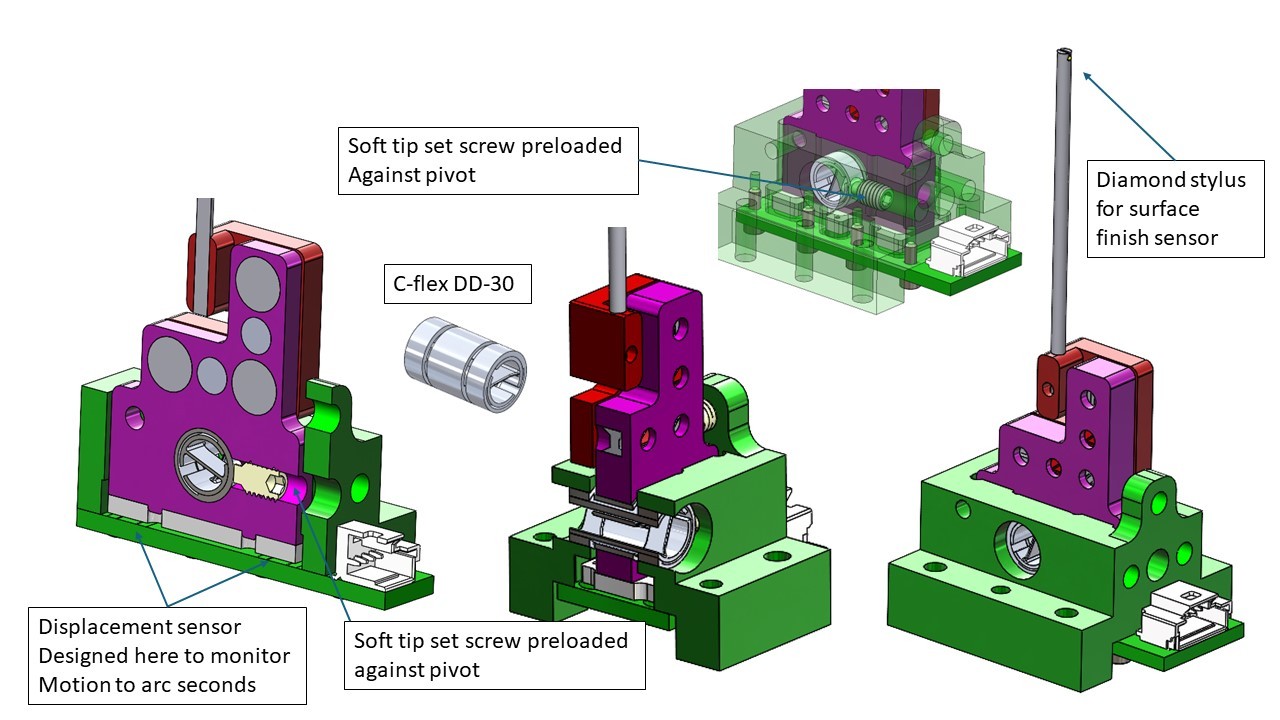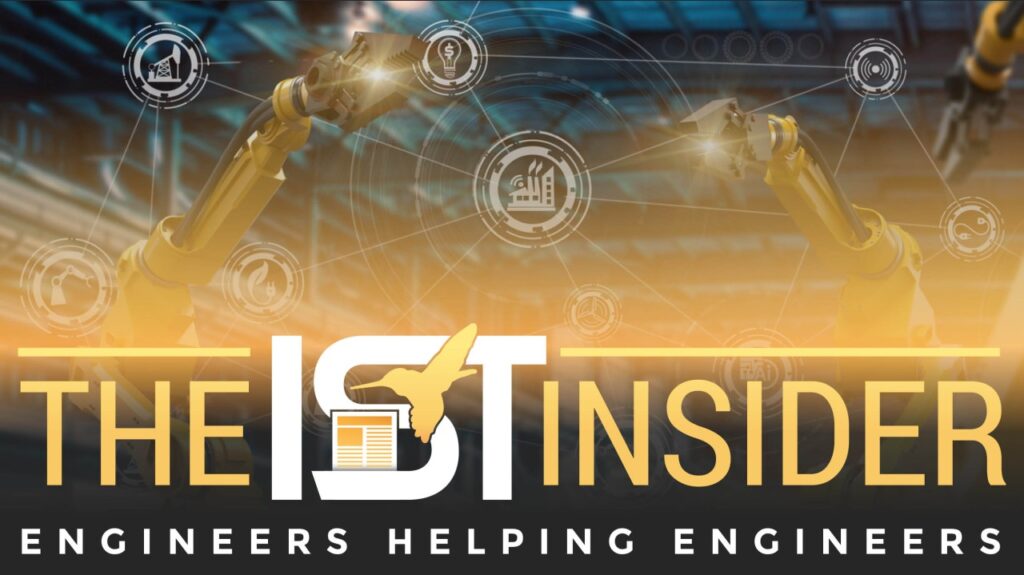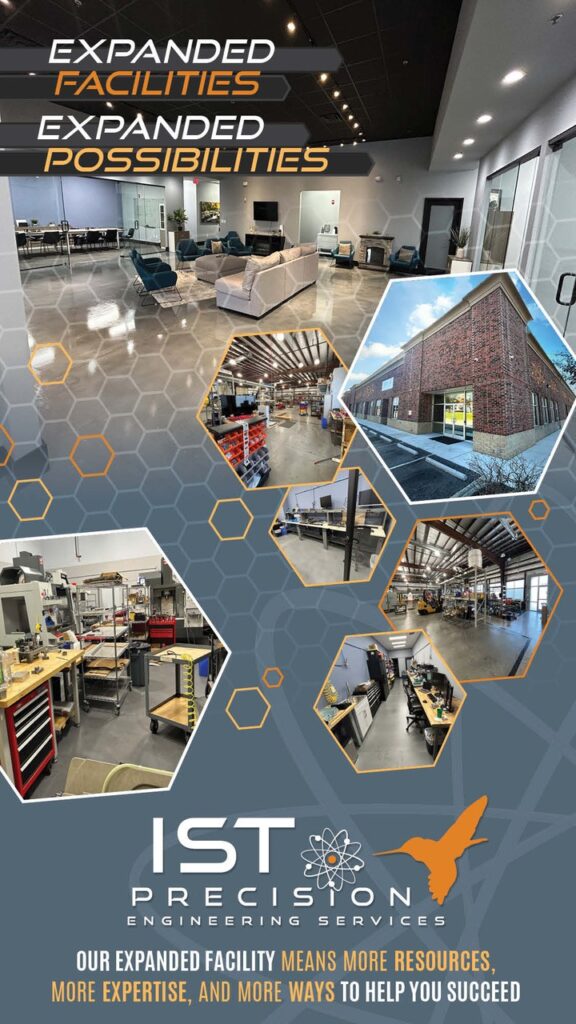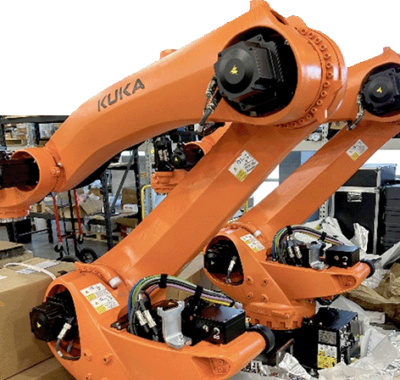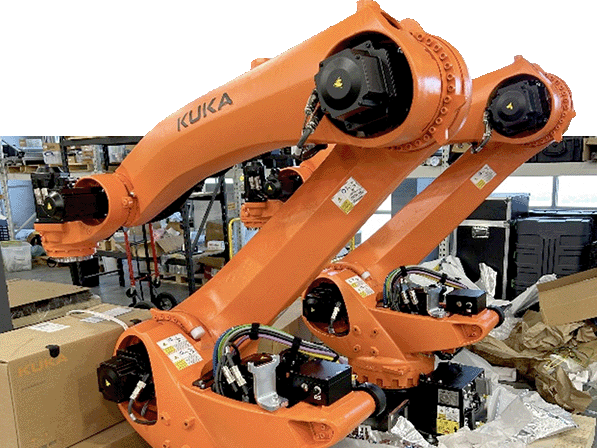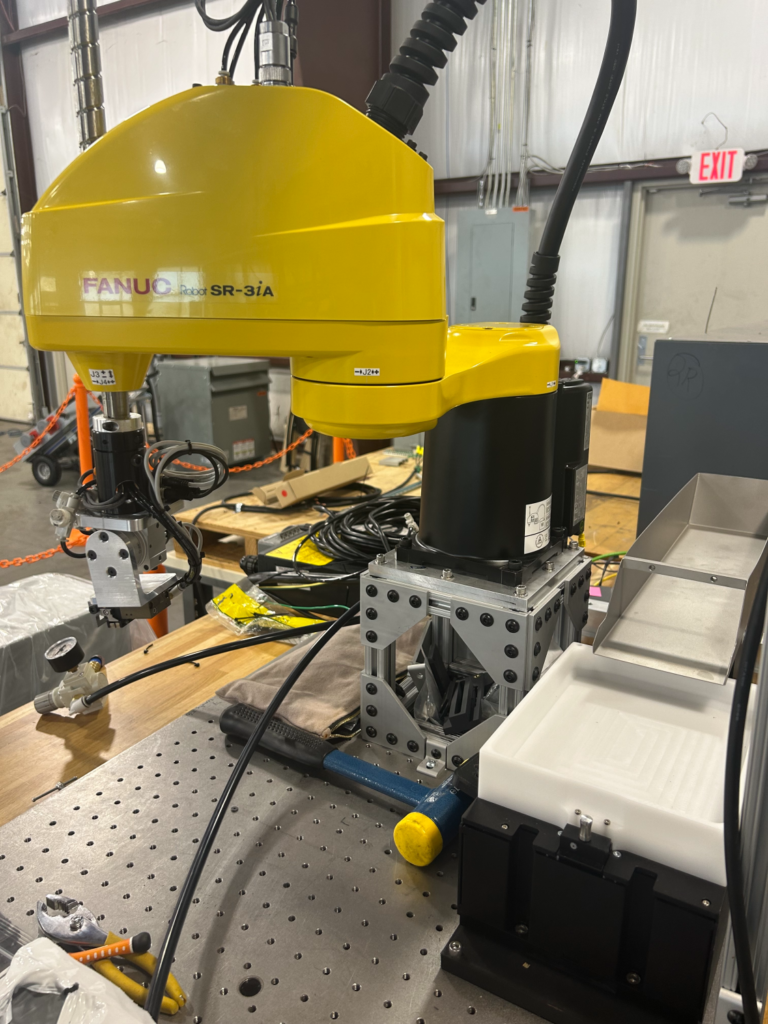At IST Precision, we foster a culture of collaboration, innovation, and variation. We specialize in developing precision automation processes and products as a high-tech engineering and manufacturing company. Since our inception in 2001, our team has grown to 25 employees, including mechanical engineers, electrical engineers, electronics technicians, machinists, build technicians, and welders. We are constantly expanding our team and offering abundant opportunities for career advancement. If you’re considering a career at IST Precision, continue reading to discover what sets us apart and why our employees love working here.
Founded over 20 years ago by Dr. Shane Woody and Dr. Bethany Woody, both with extensive precision engineering and manufacturing backgrounds, IST Precision is nestled in the charming town of Mooresville, North Carolina, just 30 miles north of Charlotte. Our employees love the proximity to Charlotte and the abundance of outdoor activities like hiking, racing, and enjoying a day on Lake Norman or at the Whitewater Center. This strategic location offers a unique blend of small-town charm and access to urban amenities, making it a perfect balance of work and leisure. It’s one of the many things our engineers adore about Mooresville.

What is the culture at IST like?
“We have a strong team with a wide range of skill sets. Shane and Bethany have done a good job identifying people that work well together, and everyone gets along well.” – Dylan
“IST is a nice place to work largely due to the staff. There are many great people who are really knowledgeable in their fields and willing to help you if you need it. IST also has a nice facility that has everything you will need to succeed in your projects.” – Austin
“Inquisitive, always searching for answers and ways to improve things. Highly dynamic, always learning something new.” – Levi
What do you find most interesting about working at IST?
“We work on various engineering projects, from huge automation systems to precision benchtop systems. I was surprised by how quickly we can complete a project from inception to completion.” – Aaron
“Variety, in terms of the industries we serve and the types of technologies within the industries. I was surprised that there was no limit on what we can learn and what skills we can take on.” – Connor
“Always working on something new, which helps keep me engaged and driven at work.” – Tyler
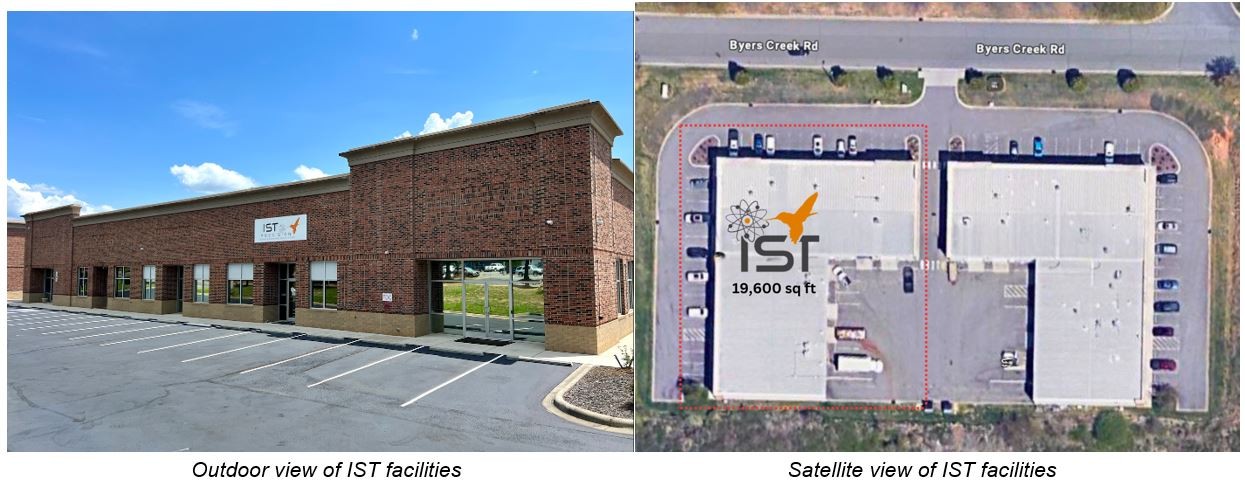
What is the most satisfying part of your job?
“Being able to work on very challenging problems, and being allowed to find solutions to those problems.” – Levi
“We get to go through the full design process, from conception at the beginning of a project, to prototyping initial designs and making tweaks, to fully detailing a design and building the final version. It is gratifying to get to the end of a build and see what you’ve accomplished.” – Dylan
“I love spending weeks and weeks trying to tackle a problem that’s never been solved before and then getting the results I have been looking for.” – Connor
How does the variety of engineering challenges compare to previous work experience?
“From previously working in the automotive industry to working for IST Precision, it is night and day. I would have projects that lasted 3-5 years, which were very repetitive. Now I get assigned new projects to work on regularly and I work through new challenges daily.” – Tyler
“The variety of engineering challenges here at IST Precision is greater than what I have experienced with previous work, which is why working here is so enjoyable.” – Mitchell
“Variety is one of the biggest selling points when working at IST. We have a wide range of projects at any given time, from designing compact precision measuring devices to large industrial equipment for cutting wood. Work doesn’t get boring because new challenges are always presented.” – Dylan
What advice would you give to someone new in the engineering industry?
“Find a job that exposes you to a lot of different engineering disciplines so that you can grow in a very broad way / develop a broad set of skills that will be useful in your career and get a feel for what you do and don’t like.” – Aaron
“Learn everything that you can. You will meet many people from different fields throughout your career, and learning everything from them will make you a better engineer.” – Austin
“Take the time to find what you enjoy doing and find a place that challenges you but aligns with those desires.” – Mitchell
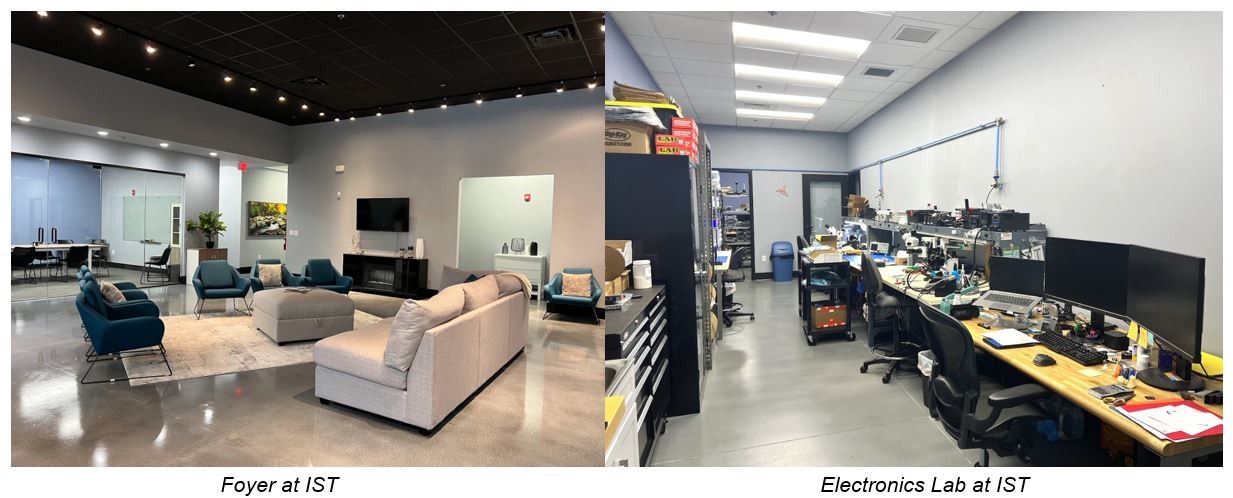
For more information about our company, we encourage you to visit our website, check out our LinkedIn page to view insights into some of our work, and be on the lookout for any job openings. If you don’t see a position you are interested in, email us at [email protected].


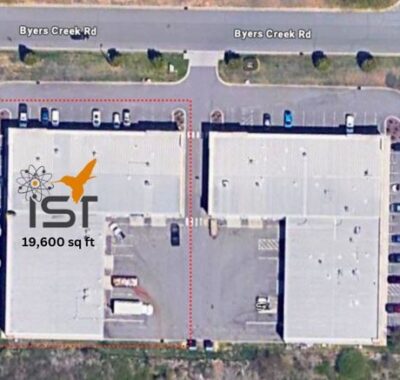
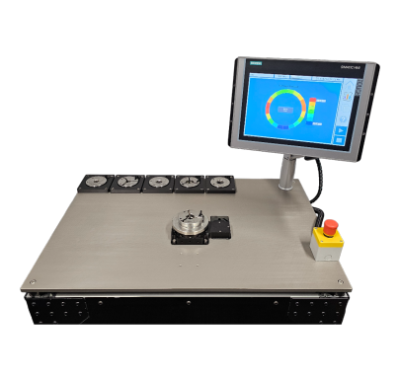
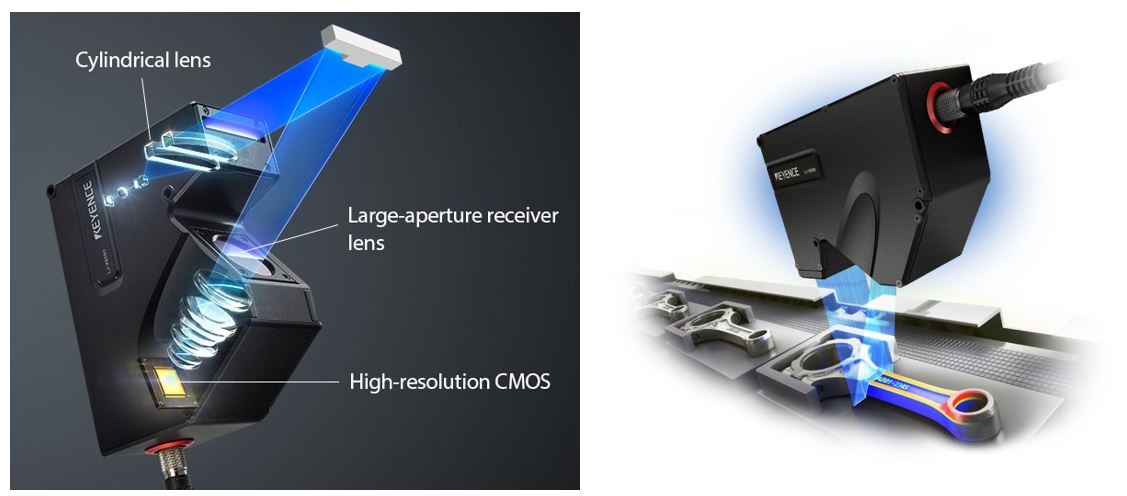
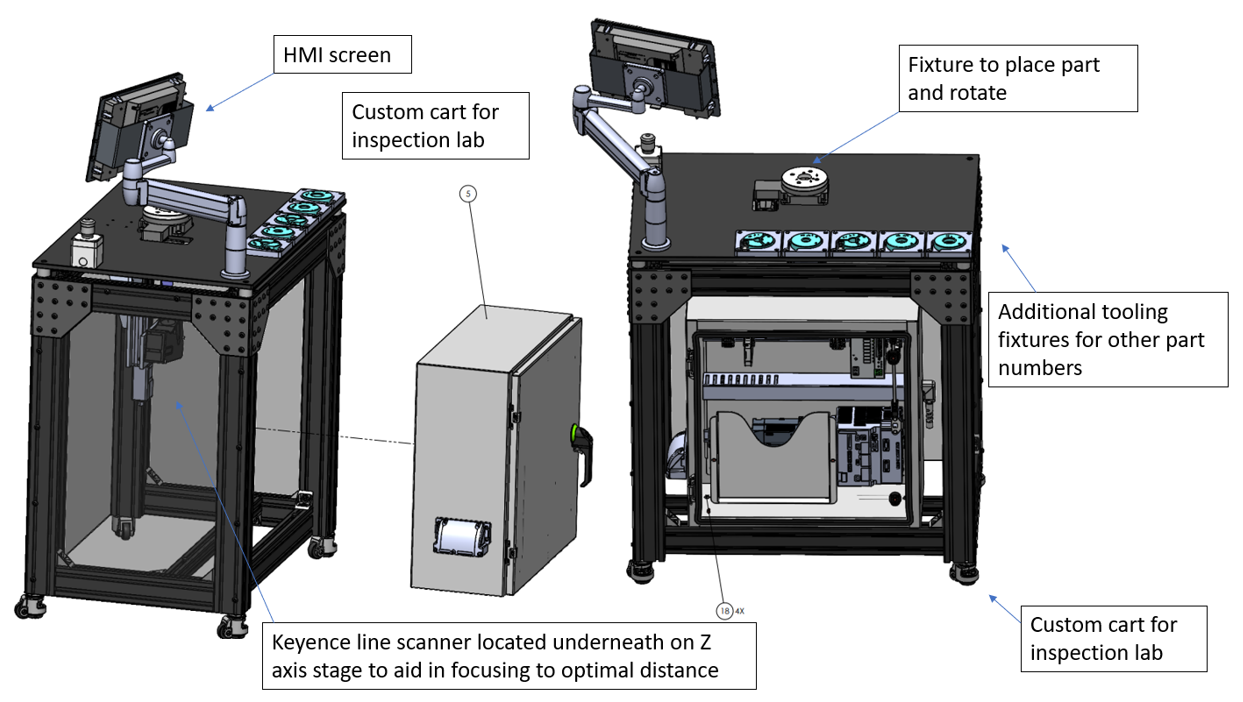
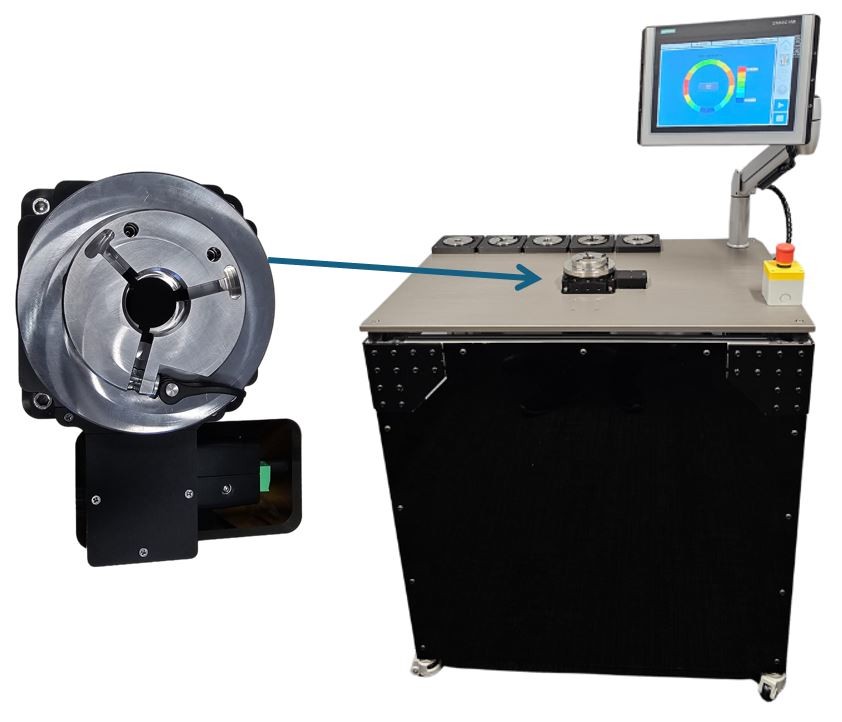
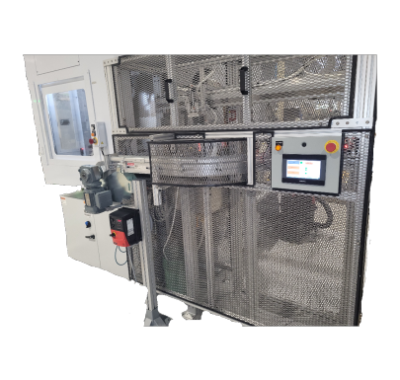
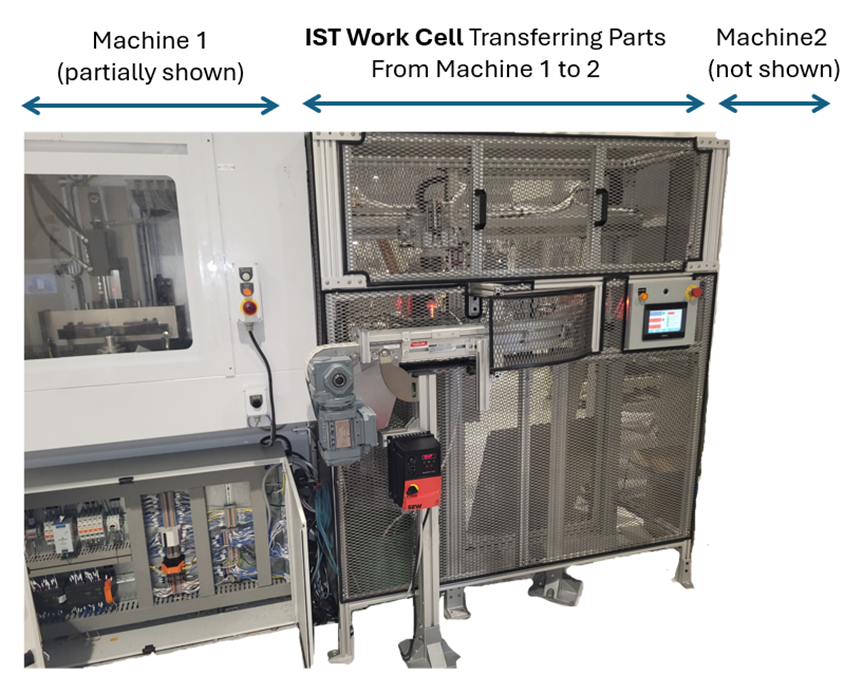
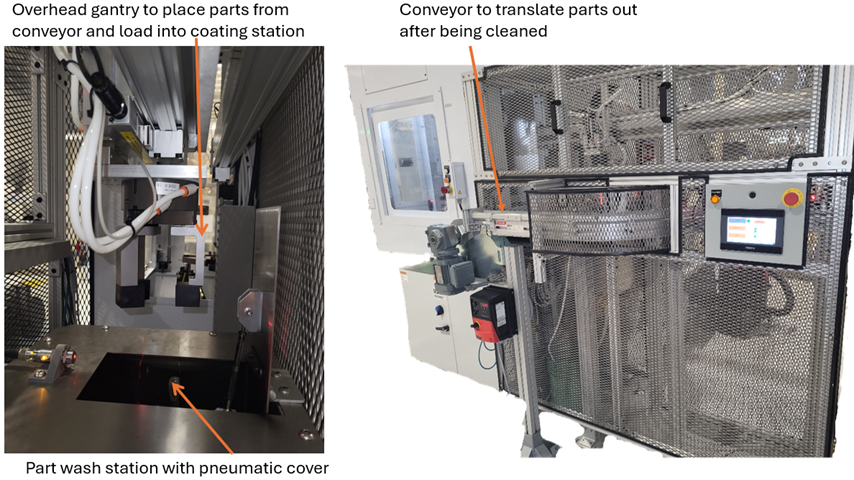
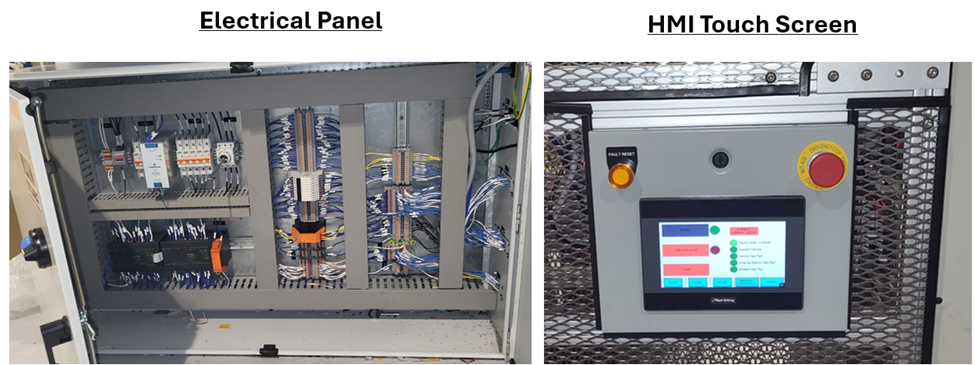
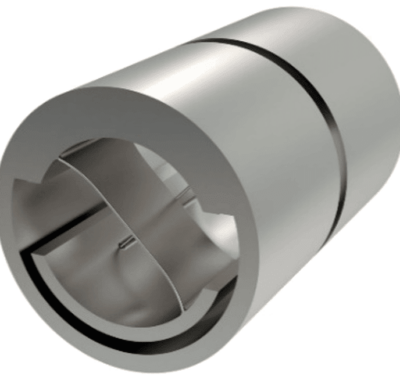
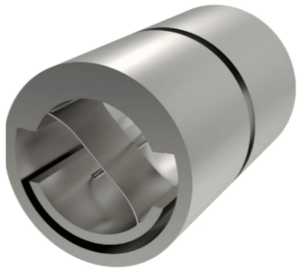 Introducing C-Flex: A Vendor in Precision Flexure Bearings
Introducing C-Flex: A Vendor in Precision Flexure Bearings